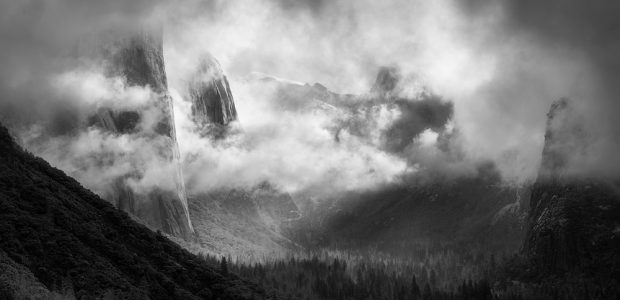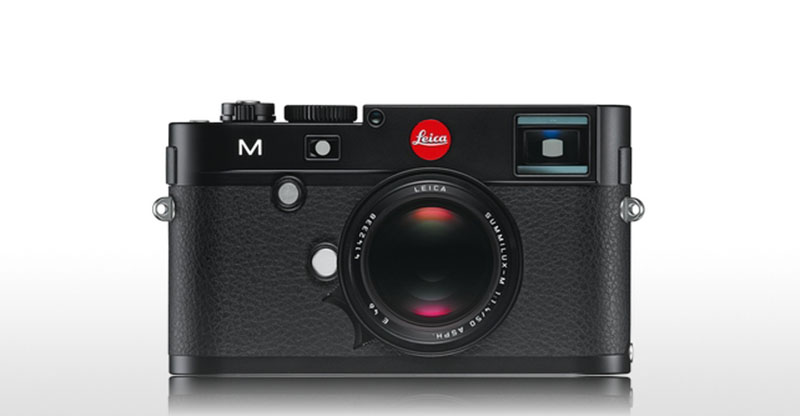
I WILL NOT BUY THAT CAMERA!
Conversation with my wife: Don’t worry honey, I will not buy that camera. I promise not to spend a bunch of money on another Leica.
Conversation with my photographer friends and colleagues (including Michael Reichmann): I have all this Leica M glass and I do not know what I am going to do. I got rid of my M9 many months ago. It seems that Leica has lost their mojo and are behind the curve in terms of image quality and functionality. It also seems that their prices just keep going up and up and the feel of the M cameras is not what it should be-they feel “tinny” and they sound clunky with a whir that reminds me of cheap electric motors. The M8 was a disappointment. Although at the time it was introduced many of us were very excited to finally have a digital rangefinder Leica and were positive in the beginning, the camera had a series of problems and it did not wear well over time. The M8.2 was in many ways a set of band aids to try to fix the M8 problems. The M9 was better, but not totally up to snuff for a Leica either in the feel of the camera or the image quality. Question: Is Someone like Sony going to introduce a great full frame camera compatible with Leica glass at a fraction of the cost of a Leica and leave them in the dust?
Conversation with my favorite dealer two Saturdays ago (Jim Taskett, owner of Bear Images in Palo Alto, California. Phone number 650-321-2327. Yes, this is a shameless plug for one of the best dealers on earth): Jim, I have learned the hard way that getting rid of Leica glass is a bad idea. However, I am really getting frustrated. I do not see a non-Leica full frame camera (compatible with Leica M lenses) on the horizon that I can get excited about. Reading the specs of the new M (Type 240) camera, it looks like it is a big yawn, and in Typeical Leica style the price has gone up again. Any advice? What should I do?
Jim had no real advice for me. He agreed with me on most of what I said.
Not 10 minutes had passed and Jim called me back. Surprise! even though he had placed orders with Leica at Photokina last September, he had received nothing until that moment. He had in his hands a box containing a new Leica M body and another small box with the electronic viewfinder. He offered to let me try them out for 24 hours or so.
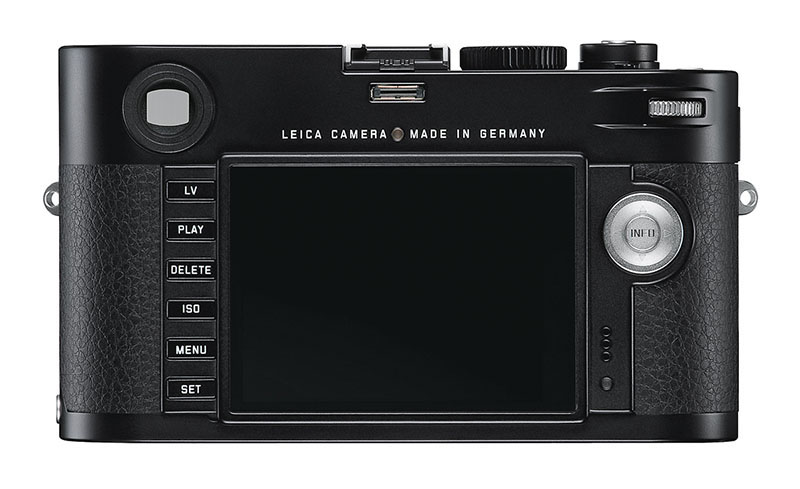
TESTING THE CAMERA I PROMISED NOT TO BUY
The Ugly Stuff
Might as well get the ugly stuff out of the way first. Since I started out being negative about the camera, I immediately noticed all the things that are wrong with it:
1. The silver INFO/select and navigate buttons in the back of the black body look really ugly. Sorry Leica, they make the camera look cheap and they also call attention to a camera that is designed to do the opposite. They should be black in the black version of the camera.
2. The Focus Aid/Exposure Compensation button in the front of the camera is in the wrong location. It is uncomfortable to reach with your middle or annular finger and it often forces you to completely change your grip on the camera including moving the index finger away from the shutter release. It is one of the biggest faux pas in terms of ergonomics I have seen in a Leica M.
3. I noticed a mysterious button labeled “M” on top of the camera near the shutter release. To my horror I found out that “M” stands for “Movie” (pretty bad). However, the really awful thing is that this button cannot be locked or disabled. During my first half day with the camera, I got plenty of video of the ground, the inside of my camera case, my shoes, the sky and so on. It appears to me that camera manufacturers these days have a portion of the brain where they literally lost their neurons. What part of “you need to lock or disable the video button when not in use” do they not understand? (Another example: Tons of people, including yours truly bitterly complained about the non-lockable video button in the NEX 7 to Sony and we never got a response. Eventually, after a very long time Sony finally introduced a Firmware upgrade and now allows one to disable the button. Unfortunately, there is a very annoying and persistent message on the screen each time the button gets pushed if it is disabled, something I really do not like).
There is nothing more frustrating than wasting batteries and memory and have a camera overheat by taking a “Movie” (to use Leica’s terminology) of the inside of your bag. How about taking the camera out of the bag to catch the shot of a lifetime only to find out that your battery is exhausted or your memory card is full or both?
Dear Leica: You need to have an immediate Firmware update where this button can be enabled/disabled. This is an unacceptable flaw in a camera of this caliber.
My personal opinion is that Leica also blew it by engraving “M” next to this button. This button should be unlabeled and programmable for different functions.
4. The large rear screen is great, but the thumb tends to end up in the upper right corner of the screen when holding the camera. The screen corner is sharp, so after a while it causes discomfort in the thumb. Also, you end up with a smudge on the screen. Either the gripping area should have been bigger and/or different, or the screen should have been slightly smaller. Use of the accessory GPS grip may alleviate this, but I do not know for sure as I have not seen one yet.
THE GOOD STUFF
Pinch me! By golly, this thing immediately felt like a real M camera! We finally have a digital M camera that is silky smooth, incredibly quiet and operates even better than the film mechanical M’s of yore. The fit and finish and the quality of materials is beyond reproach, bordering on the fanatical. This is exactly what we expect from a true Leica.
I had longed to return to the “Leica feel” of my old film M3, M4 P or my MP for many years. Well folks, this camera absolutely nails it. In fact, it may be the best feeling Leica ever. Pinch me again!
All the prior digital M’s feel clunky, noisy and tinny by comparison.
It is impossible to explain in words the joy of this “Leica feel”. You just have to try the camera out and experience it for yourself.
After admiring the fit, finish and feel of the camera, I started to using it in earnest. Wow! It started to become addictive. Was I falling in love with a machine that was beautiful as a work of art and as an object itself, or would this tool really deliver the goods in terms of field use and image quality?
Here are my first impressions.
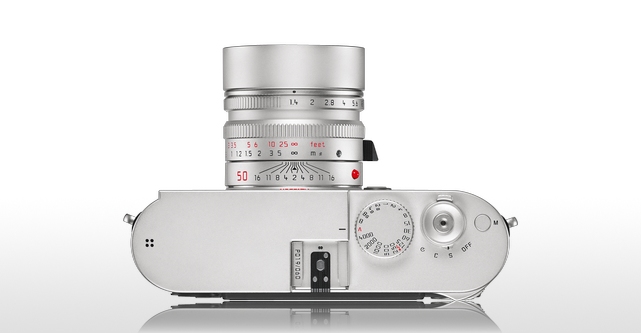
FIRST IMPRESSIONS
– I grabbed one of my M lenses and mounted it. Wow again, this machine has the shortest throw most silky smooth most positive bayonet mount I have ever experienced.
– I played around with all the menu items first. The menus are very well organized and straightforward. Any previous Leica user can almost use this camera without ever looking at the manual. I say “almost” because there are a few new features like “focus aid”. It is best to read the manual in order to understand the new functions and configure the camera.
It all works perfectly well, except that I was dismayed to find out that the default profile and the default settings on the camera go to JPEG instead of RAW shooting. This is another pet peeve of mine. I just do not understand why camera makers do this (another glaring example is the Nikon D800E), m aybe it’s the same defective part of the brain that designs video buttons that cannot be locked or disabled…
Why would someone spend big bucks to buy a top quality camera body and spend a fortune on the finest glass obviously looking for the highest possible image quality and then have the camera configured from the factory AND default to a lesser quality image? Makes absolutely no sense to me. In my opinion, all cameras should default to maximum quality everything. Then, if the user needs to shoot at less quality for whatever reason, the user should be the one to temporarily pick lesser quality settings.
Dear Leica: When you do the next Firmware update, please make sure that the default profile on the M is to set to shoot RAW DNG files and not JPEGs.
– It was time to shoot a few sample images. What a pleasure! The rangefinder in this camera is terrific. It seems like it is an improvement over prior M’s. The electronic viewfinder is quite nice. It is bright, sharp, has lots of pixels and is great for framing. Focus peaking (thanks to Michael Reichmann pushing Leica pretty hard on this) is a great feature. The live histogram could be a nice feature, but i find all the other information inside the viewfinder image area when one wants to see this histogram to be too distracting and intrusive. Again, with a simple Firmware update Leica could easily fix this and give the user the option of a live histogram and nothing else intruding inside the image area. Given the current state of the firmware, I much prefer to shoot with less information and to have the camera set for instant playback on the EVF showing only the image and a big RGB histogram almost identical to the one on the Leica S2/S3. This seems to work very well for me so far.
I have two complaints about the EVF:
1. It does not update quickly enough, so it is a bit jerky when moving the camera.
2. It is mounted in the center of the camera and if I am not careful, my nose ends up hitting the rear element of the optical viewfinder/rangefinder. Bad news when this happens! So, I have trained myself to turn my head a little or not get too close to the EVF in order to avoid a nose smudge on the lens. I wish Leica had either moved the flash shoe/ EVF mount further to the left or made the EVF protrude more towards the back of the camera in order to avoid the possibility of the nose getting the optical viewfinder dirty. A longer eye cup on the EVF will probably fix this problem and I intend to try to adapt one for this purpose.
– The first image I shot, using my 90 mm APO Summicron ASPH is shown below. Please note that all images shown in this article were shot using self timers on a sturdy Really Right Stuff tripod. The Nikon shots were made in mirror up mode with Live view focusing. The Leica images were focused using the rangefinder (more on this later). All images were imported into Lightroom 4.4, then exported to Photoshop CS6 with no adjustments. Actual prints were sharpened using automatic edge detection in Photokit Capture Sharpener 2 for both, capture sharpening and print sharpening. Also please note that all images in this article are for test and illustration purposes only. They are not meant to be artistic or particularly good for any other purpose!
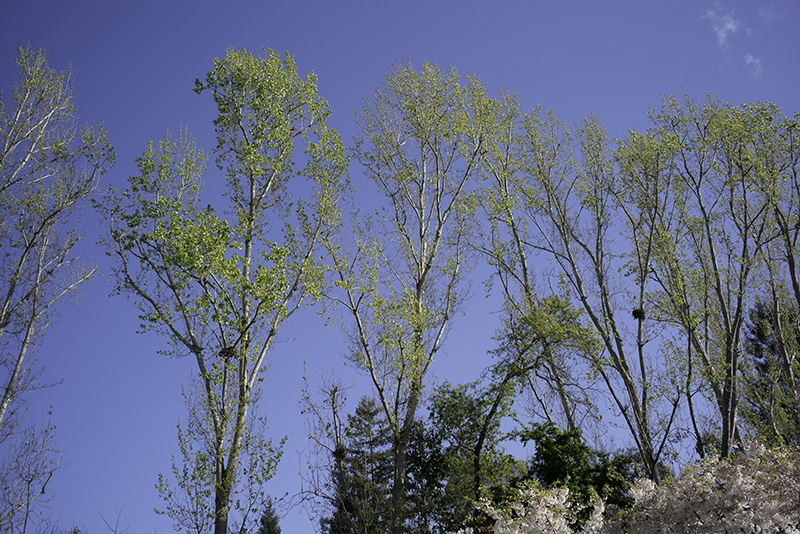
Leica M, 90mm APO Summicron ASPH at F/8
When I first saw this image, I wasstunned by the image quality on the screen. The white balance, sharpness, detail, color rendition, contrast, Dynamic Range, etc. were all superb.
This image looked much better to me than it deserved to, particularly since it came from “a mere 24 Megapixel camera”.
Next step, I made a 24×30 inch print of the image. I was stunned again. The print looked like it might be the best print of this size I had ever gotten from a 35 mm size sensor.
OK, please do not pinch me anymore, Leica is making my skin turn purple all over!
A COMPARISON WAS IN ORDER
Having seen the quality of the print, I decided to make a comparison with the previous champion of 35 mm image quality in my arsenal: The venerable Nikon D800E. I chose the latest version of the 85 mm F/1.4 lens; probably my Nikon favorite lens. I figured that the 85 Nikon and the 90 Leica were close in focal length and they are both superb large aperture prime lenses. Also, the difference in the size of the files would be very closely compensated by the focal length differences to make objects in images almost the same size when viewing them at equal magnification on the screen. This would make comparisons much easier.
A couple of things quickly became evident: The files coming out of the Leica were higher in contrast and saturation. No surprise here. They were also warmer than the Nikon images. This surprised me a little, as in the old days of film the situation was reversed: Nikon images tended to be warmer.
These are choices that the manufacturers make. All photographers need to keep in mind that a fair amount of data manipulation goes on in the camera processors in order to convert the data from the sensor into an image. Each manufacturer makes specific choices that affect how a RAW image with no adjustments looks.
I looked at a number of images on my screen at different magnifications, including 100% and 200% and to my surprise, I preferred the Leica files every time. In terms of detail, the Leica was showing every bit as much detail as the Nikon. The amount of detail was so close, I would call it a draw. However, the Leica showed better color balance, more snap in terms of local contrast, higher accutance and better color saturation. It also showed less noise than the Nikon.
Instead of only looking at images at different magnifications, I performed another test which for me is more important in real life: How would large prints compare? So I took the same picture with the Nikon also at F/8. I shot the Leica image at ISO 200 (lowest and native on the Leica) and at ISO 100 (native on the Nikon) as well as ISO 200 on the Nikon. I then re-sampled the files using bicubic smoother in Photoshop to 40 inches wide at 360 dpi which is the native resolution of my Epson printer. Finally, I sharpened the images using Photokit Sharpener 2 for printing.
(Side note: I find that this upsampling and sharpening methodology gives me better prints than any 3rd party product).
I made prints from the Nikon and the Leica files on my Epson 9900 using ImagePrint 9 and a couple of types of Baryta papers. Leica won the contest. The Leica prints and the Nikon prints were tied in terms of resolution, but the Leica prints were better in every other category : Less noise (particularly in the shadows), more snap, more accurate colors, better saturation, etc. Below is a section at 100% of the files for the 40 inch wide prints:
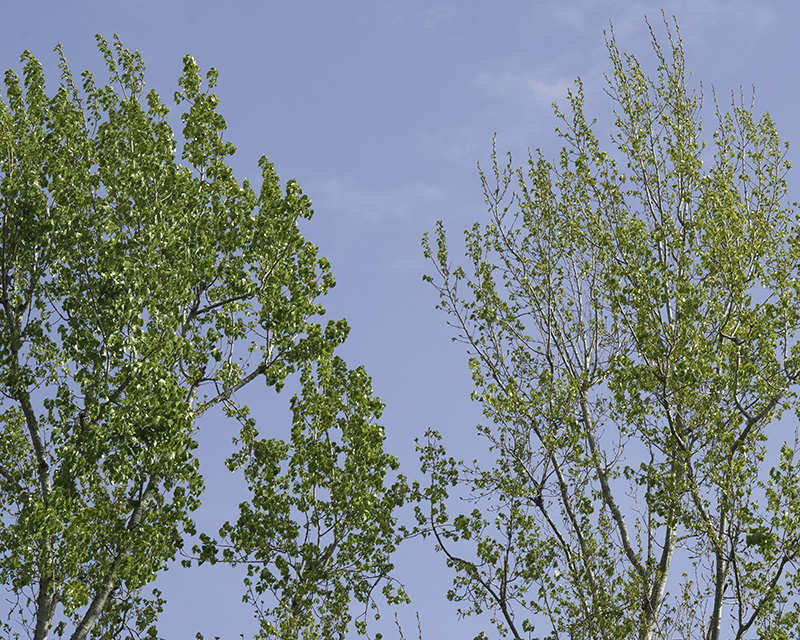
Leica
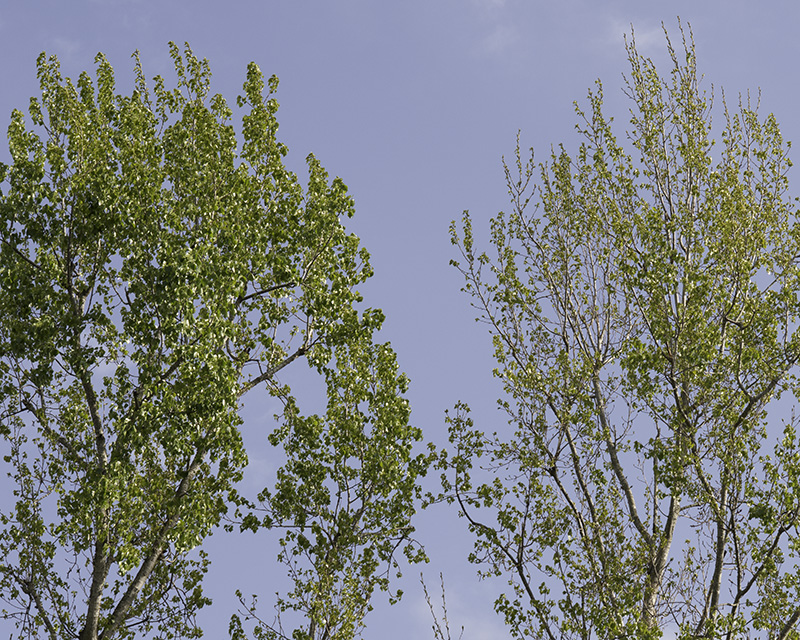
Nikon
Note how the resolution is nearly identical. On the other hand, let me call your attention to the greens and the color of the sky which are much more accurate and realistic with the Leica. Also, note the higher local and overall contrast with the Leica. I personally find the Leica M image much more pleasing to the eye and the brain and much more faithful to the actual scene.
CHOMPING AT THE BIT TO JUMP IN
I know that at this point all the pixel peepers, spec maniacs, DxO readers, etc. are dying to jump in and declare foul and pontificate that it is impossible for a 24 Megapixel camera with a lower DxO sensor rating than the Nikon D800E to produce better images. Well, it is not impossible. It is quite possible and as far as I can tell it is exactly what is happening.
As a Ph.D. in Physics with many years of involvement in leading edge research I know that I do not even remotely have the ultimate scientific proof or a detailed explanation for precisely how this is happening. It would take a lot of time (which I do not have), a lot of equipment I do not own (nor care to own) as well as access to proprietary information that Leica and Nikon are not about to disclose to try to tackle this in a scientific manner.
All I can offer is a plausible explanation as to how this can actually happen:
– People are careless when they say that the D800E has no low pass filter. This is not the case. In fact, the D800E hastwobirefringent low pass filters, one is standard on the 800 and the 800E. There is a second birefringent filter in the optical path of both cameras, but in the “E” version the second filter tries to undo what the first filter did. This produces higher resolution than a standard D800, but since no filter is perfect one can safely assume that the second filter cannot possibly undo all the effects of the first filter perfectly. Therefore, there has to be some loss of resolution in the Nikon versus having a camera with no filter at all. The Leica on the other hand, has no low pass filter so it has a resolution advantage in this regard.
– It is a well known fact that the electronics and the software in a camera play a crucial role in image quality. I was once told by the Chief Technical Officer of a major camera company that the sensor is only 10% of the equation and the rest of the electronics and the software represents 90% of the ultimate result. There are plenty of examples where some camera designs and internal software extract higher image quality out of a sensor versus others using the same sensor. Some of the best examples are cameras in which Nikon and Sony use the same sensor and Typically Nikon is able to “squeeze” higher image quality than Sony. It is possible, in fact highly probable, that the new Leica Maestro processor combined with the Leica electronics and their new software allows them to get more out of a 24 Megapixel sensor than we have been used to in the past.
– The lens/sensor/shutter combination plays a huge role in the real world. Most of the published sensor rankings are at the sensor and do not include the effects of the full camera system including the lenses and shutters. The Leica M is such a fine machine, with such finesse and incredibly tight tolerances, and the Leica lenses are so good, that in the real world they may add to the Leica image quality advantage .
Sidebar: If you can do it, you should pick a RAW file and process it in two RAW converters that are a couple of generations apart. For example Lightroom 2 and Lightroom 4. I think you will be amazed at how much better the result is from Lightroom 4, particularly when you realize that they both started with the same file, i.e. the exact same data. The processing inside the cameras is no different: You can start with the exact same data at the sensor and end up with dramatically different results depending on the support electronics and the software.
To summarize: All I am stating is that using my methodology under real world shooting conditions on a sturdy tripod and using an Epson 9900 for large prints, to my eyes the Leica outperforms the D800E by a good margin. Since the D800E is one superb camera, this is very high praise for the Leica.
I am sure that many forums will be ablaze with Leicaphiles, Leicaphobes and tons of sleepless nerds pontificating their own pseudo scientific points of view and agonizing over the most irrelevant minutiae. As a photographer and as a scientist, I have little interest in these discussions. What interests me is whether a tool is going to do the job for me. In this regard I am completely comfortable asserting that the image quality of the Leica M Type 240 is state of the art and superb. It is visually (to my eyes) on the screen and in prints the best image quality from any camera with a 35 mm sensor I have experienced to date.
WHAT ABOUT HIGH ISO?
We all know that Nikon is the low noise champion at high ISO, right? Well, not so fast.
I set the two cameras at ISO 3200 to shoot the following high contrast scene:
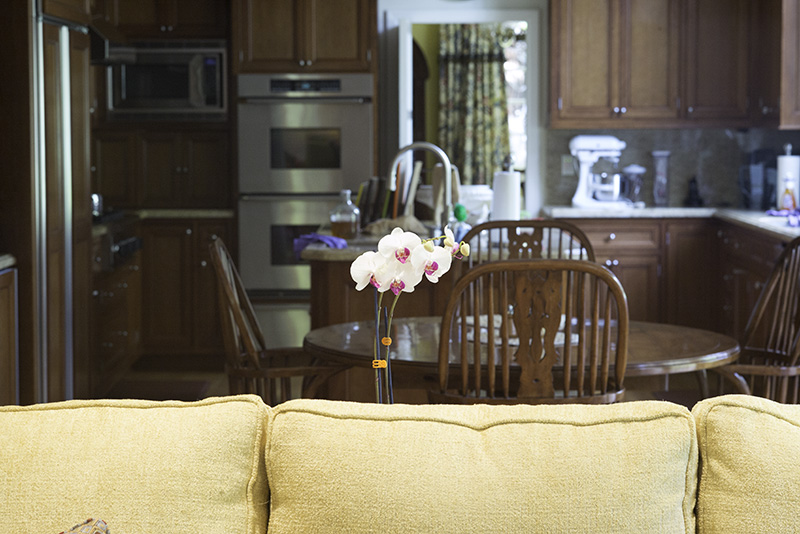
The following is a screen shot of the Leica (right) and the Nikon (left) images side by side at 100% in Photoshop:
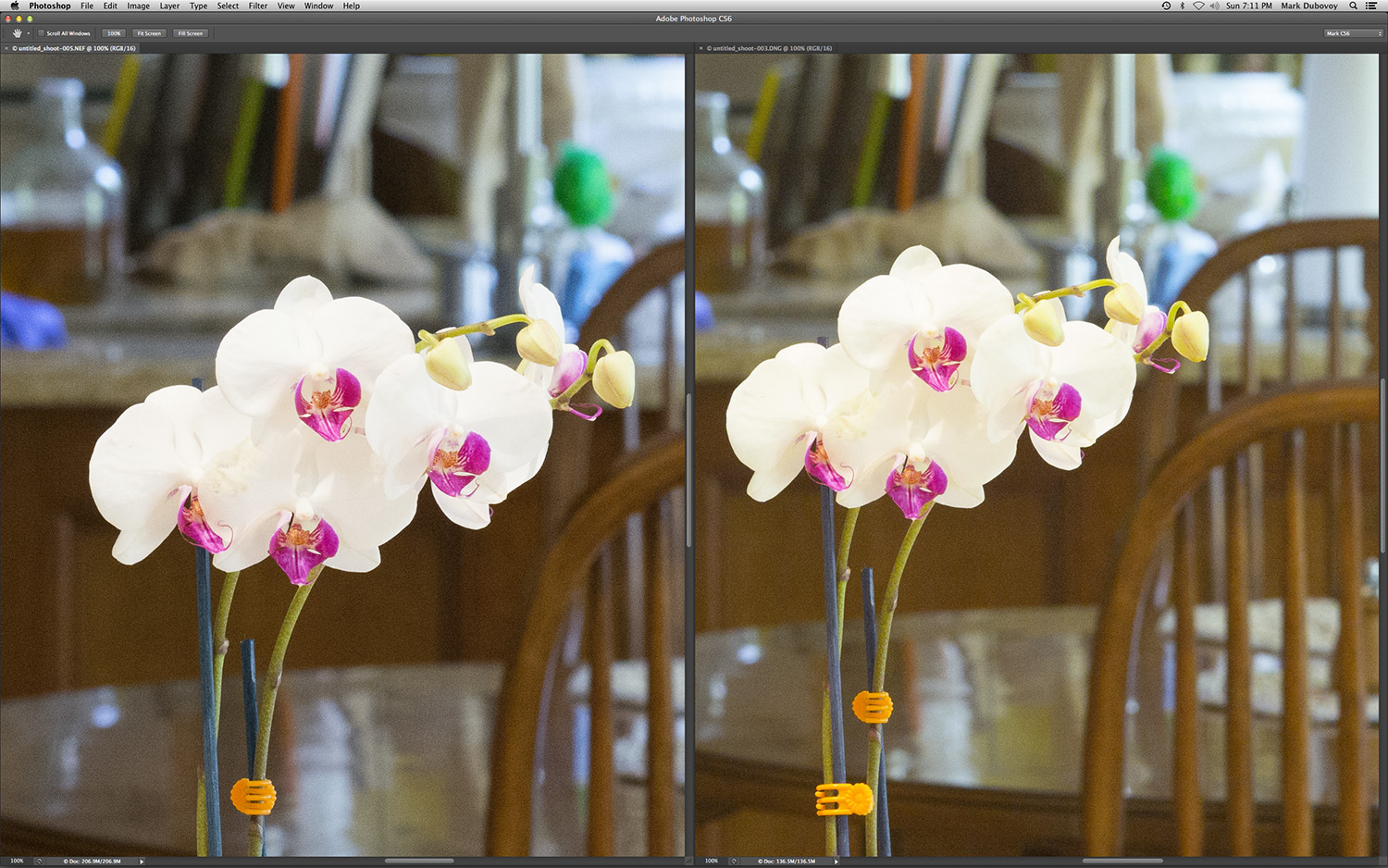
Nikon Leica
Yes, you guessed it:
At ISO 3200 the Leica image is cleaner, with less noise. I used mixed light for this image (daylight and incandescent) and the Leica renders the image closer to what the eye sees. There is a difference in depth of field (less depth of field for the Leica 90 versus the Nikon 85) due to the difference in focal lengths, but notice the superb level of sharpness and detail in the areas in focus in both camera systems.
Two final notes on image quality:
1. Dynamic Range. I compared about a dozen high contrast images and I find that the dynamic range of the two cameras is extremely close. This is actually quite visible in the screen shot above. In Aperture Priority mode, Live View and matrix metering in mode, the Leica tends to expose a little hotter than the Nikon with the shadows at higher values. It almost never blows the highlights. The Nikon seems to be a bit more biased towards darker exposures (at least my two Nikon bodies). This is more protective of the highlights, but unfortunately it causes noisier shadows with less detail. I have always been a strong advocate of exposing to the right, so I would recommend using some plus exposure compensation on the D800 when using auto exposure.
Measuring the actual RGB values in Photoshop after equalizing the exposures between the two cameras in the high contrast images I have evaluated, the Dynamic Range is essentially equal. Again, this methodology is quite far from a detailed scientific study, but it is sufficient for those of us interested in photography as an art to know that the dynamic range of these two cameras is essentially identical from a practical point of view and we do not need to agonize endlessly over measurements or specs that have little or no relevance in real world shooting situations.
2. Handheld shooting. Shooting without a tripod the Leica out-resolves the Nikon. This is not surprising given the mirror slap and rougher shutter in the Nikon.
TIME TO GROVEL AND DO PENANCE
So what kind of trouble was I in at this point? I had in my hands and on my tripod a small hand assembled work of art which is a joy to use and is an art object in and of itself. I could also argue that it produces the finest image quality to date from a 35 mm size sensor.
As the subtitle in this section says: Oooooops! It was time for me to grovel and do penance.
Conversation with wife:Honey, I was wrong. Multiple apologies. I promise to be really really nice to you forever if you hear me out. This new Leica M camera is amazing. Can I pretty please have your permission to buy it? Pretty please?
Conversation with photographer friends and colleagues: You guys are going to think I lost my marbles, but this new Leica M type 240 (a horrible name by the way) is an amazing machine. Do not just rely on specs and early blog reports. It feels incredible, it is superbly made and it is probably the state of the art in 35 mm image quality under real world shooting conditions. I just have to have it. I bought the camera I was testing.
Conversation with Jim Taskett, my favorite dealer:Jim, there is no way you are getting this camera back. Just tell me how much I have to pay for it. Here is my credit card number. We were both wrong. This is hands down the best M I have ever tried and the image quality is the best I have seen from small format.
NOW WHAT? THE AMAZINGLY UNDERRATED AND UNDERESTIMATED RANGEFINDER
I know than many photographers have stated that rangefinder photography is dead. I suppose the vast majority of photographers do not want to work with anything that does not have autofocus. If you belong to that group, feel free to skip this section, but you will be missing out on something that is very cool and very important.
So, there I was, happily focusing with the EVF and peaking. The new M has a great feature in that it senses when the focusing ring in an M lens moves. There has always been a rangefinder cam in contact with a corresponding member in the lens focusing mechanism, so adding a sensor was very clever and probably not too difficult to implement.
I have my camera set to switch to a 5X enlarged image with focus peaking when it detects movement of the focusing ring (one can also set it to 10X or standard size, but I prefer 5X).
I thought I had reached Nirvana: “Who needs a rangefinder? Modern technology has finally made it superfluous and obsolete”.
On a lark, I decided to compare my focus through the EVF with focusing using the rangefinder. My jaw dropped. The rangefinder was definitely more accurate and more sensitive to very small movements of the focusing ring. I was also reaching the correct focus point much faster.
I remember Leica many years ago claiming that rangefinder focusing was significantly more accurate than focusing on the screen of an SLR. Well folks, it turns out that focusing with the M rangefinder is definitely more accurate than focusing through the EVF even at high magnification with peaking. It also has the added advantage that unlike the EVF, it is not affected by the lens aperture.
So, I sort of regressed to the old days of Leica: Before the M2 and the M3 there were several generations of M Leicas that had 2 eyepieces, one for rangefinder focusing and another one for framing. The M Type 240 has essentially the same thing, and once you get used to it it is incredibly fast, accurate and easy to use.
– Step 1, focus with the rangefinder.
– Step 2, move your eye to the EVF, frame and shoot. If you want to confirm focus through the EVF, you can always barely touch the focusing ring and get a 5X or a 10 X image with peaking.
Do I like this better than autofocus? You betcha! I am in control, I never have to fight the camera focusing where I do not want it to focus, I never have a “focus hunting” situation, etc. I have not made any tests yet, but I have a hunch that rangefinder focusing with such a fine rangefinder might actually be more accurate than current autofocus systems, particularly with wide angle lenses.
Memo to Leica: Thank you for keeping rangefinder photography alive!!!!
BOTTOM LINE
The new Leica M is not a camera for everybody. For example, i f you are the t yp e of person that wants or needs to shoot thousands of images a day with autofocus at 8 frames per second or faster with very long lenses, etc., this is obviously not the camera for you. The Leica M has a number of limitations that I will not bother to restate as they have been discussed and published ad nauseum for many years. The type 240 has less limitations versus prior M models since it will work with Leica R lenses. This means that zooms and long lenses are now usable with this camera.
The Leica M actually requires some skill on the part of the photographer (what a concept!). You cannot just point it at something, push the button and expect it to do everything.
On the other hand, if you are the type of person who appreciates design, quality, uniqueness and craftsmanship and you enjoy developing your skills as a photographer I can think of no more delicious piece of equipment to have in your hands than the new Leica M. Besides that indescribable pleasure derived from the design, the quality of construction and the “Leica feel”, you will also be rewarded with the highest image quality currently available from a 35 mm sensor.
It is no wonder that I ended up buying the camera…
April, 2013
You May Also Enjoy...
Charlotte Gibb: The Intimate Landscapes of Yosemite by Nick Taylor
FacebookTweet After the wonderful reaction to our profile of bayou photographer Charles Martin in March, we’ve filmed some more short documentaries profiling landscape photographers in
